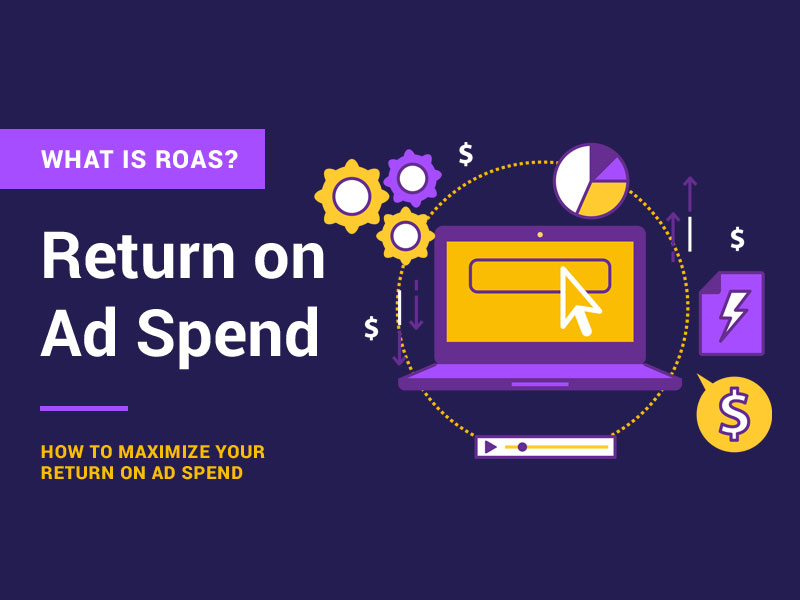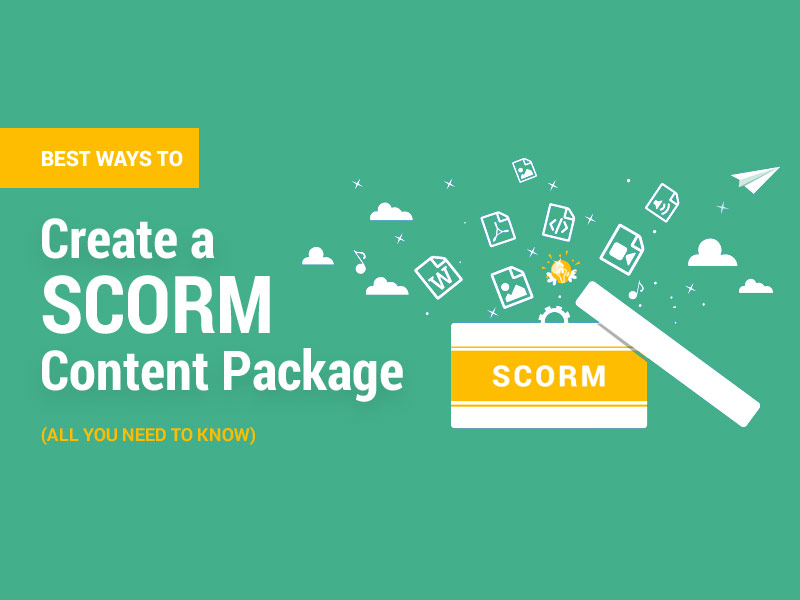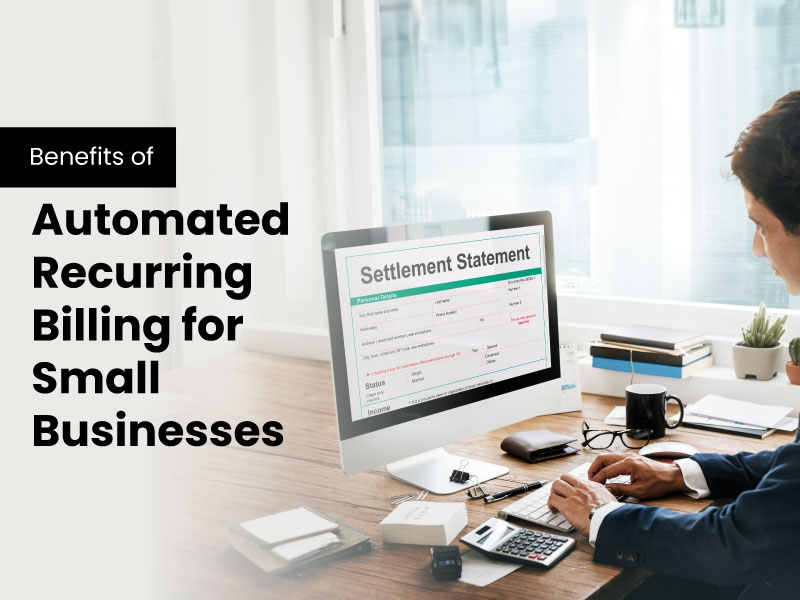Competitive pricing analysis is an integral part of any business strategy. It’s all about understanding how customers react to changes in price through in-depth research utilizing historical data or surveys. This process often overlooks costs and potential profits, focusing primarily on customers’ price responses. Once this initial analysis is completed, the gathered data is used alongside other pricing determinants to formulate the most advantageous offer.
Employing a competitive pricing strategy, where competitor prices serve as a benchmark, can make your pricing more dynamic and responsive. This approach becomes critical when traditional cost-plus methods fall short.
Why This Matters: Competitive Pricing Strategy Importance
Did you know that over 80% of shoppers compare offerings from multiple stores in pursuit of the best deal? Therefore, companies that can gather, analyze, and utilize market data to place themselves favorably against competitors are more likely to catch these price-savvy buyers’ attention. Competitive pricing analysis is a strategic move that optimizes prices based on competitive data, resulting in increased sales, improved supplier relationships, and boosted revenue.
There are several compelling reasons to consider competitive pricing analysis:
- Boosted Profitability: By understanding the competitor’s pricing, businesses can set competitive prices while maintaining profitability.
- In-depth Market Insight: This process gives businesses a comprehensive understanding of the market and competition, enabling more effective strategies and differentiation opportunities.
- Enhanced Product Positioning: Identifying the optimal pricing strategy for various customer segments assists in appropriate product positioning, whether premium or value-based.
- Swift Market Response: Regular competitor pricing and market trend monitoring enable businesses to respond promptly to market shifts, giving them a competitive edge.
- Improved Customer Acquisition and Retention: Offering competitive prices can attract new customers and retain existing ones since pricing is often a critical factor in their decision-making process.
How to Implement Competitive Pricing Analysis
- Guarantee Data Quality: A thorough competitive analysis requires complete and accurate data. Criteria for high-quality data include depth of comparisons, minimal errors, a high ratio of planned to delivered data, constant data updates, and fast data delivery time.
- Define Data Parameters: Determine the crucial data parameters you need to analyze. Parameters typically include price index, competitors’ promotional activity, and product availability. A deep dive into both internal and external data is essential for the successful implementation of competition-driven pricing.
- Categorize Competitors: Classify your competitors based on factors like target audience and product quality. This classification aids in making the market analysis more efficient and directed.
- Utilize Machine-Based Pricing Tools: Employing machine learning tools enhances the accuracy of data collection and analysis. This also provides precise pricing recommendations, allowing your team to focus more on strategic tasks.
- Monitor Competitors’ Online Activity: Keeping an eye on your competitors’ online presence, including their official websites and social media accounts, can provide vital information for your pricing strategy.
In an increasingly competitive marketplace, effective use of competitive intelligence software can be the differentiator that drives a business’s success. It provides an automated, accurate, and rapid response to market changes, allowing businesses to make data-driven decisions that increase profitability and maintain a competitive edge.
Potential Challenges in Competitive Pricing Analysis
When implementing competitive pricing analysis, businesses may encounter certain blocks. One key issue is data accuracy, which involves collecting and delivering information from diverse sources. This endeavor can be both costly and time-consuming, with potential errors impacting the analysis’s accuracy and precision.
Data availability can also be a problem, particularly for smaller businesses, who may find it tough to gather ample competitor pricing data, making competition with larger firms challenging.
In addition, pinpointing the right competitors to analyze can prove complex in saturated markets. Examining competitors’ prices in isolation can be misleading, as several factors like product quality, customer service, and marketing strategies also impact pricing.
The rapidly changing market conditions add another layer of complexity, as businesses need to stay abreast of competitors’ pricing strategies. To maintain a competitive edge, rapid adaptation to these changing market conditions is crucial.
Sum it up
In conclusion, competitive pricing analysis is no longer just a ‘nice to have’; it is an essential tool for modern businesses. Implementing a strategic and data-driven pricing analysis is key to understanding your market position, staying ahead of the competition, and ultimately, driving business success.






